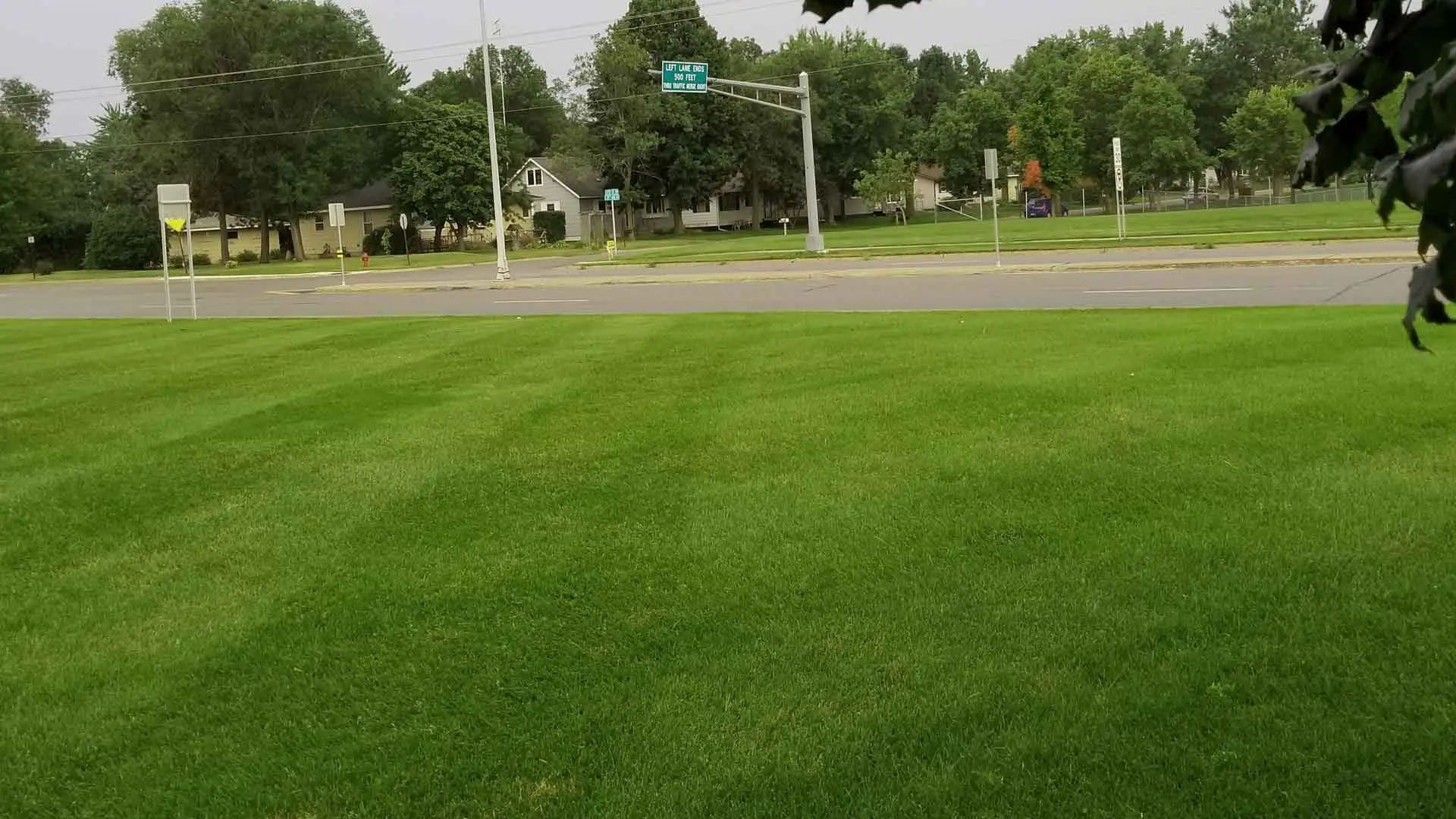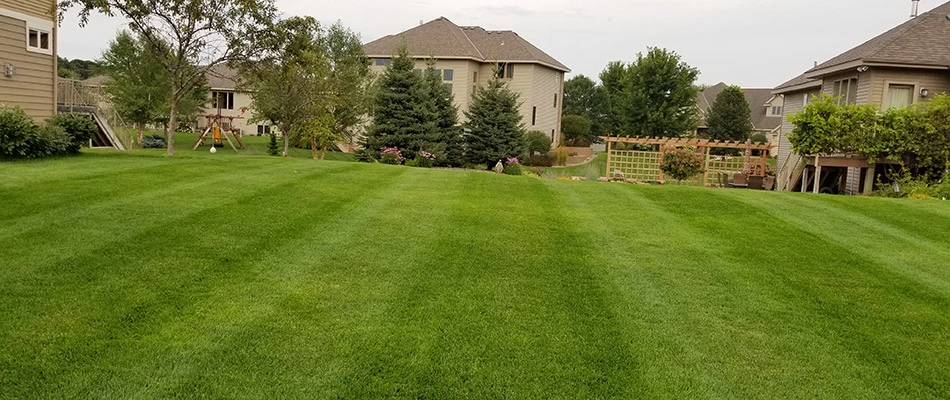All grasses have specific mowing height requirements. Cutting your lawn too short leaves it vulnerable to heat damage and drought, but not cutting it short enough will invite pest infestations. Here in St. Cloud, Minnesota, we have both cool and warm-season grasses and each type has a different height requirement. It is important to identify your grass type and learn about its height requirements because mowing without this knowledge could harm the health of your lawn.
Read on below to learn about the height requirements for both cool ;and warm-season grasses as well as what might happen to your lawn if you neglect these height requirements.
The Difference Between Cool & Warm-Season Height Requirements
Though the general height requirement for grass is between 2.5 to 3 inches, that doesn’t mean cool-season and warm-season grasses have the same needs. Minnesota primarily has cool-season grasses like tall fescues and Kentucky bluegrass. These plants grow mostly during the spring and fall seasons when the temperatures are cool. The proper lawn height for these grass varieties typically falls between 1 to 4 inches high.
Though cool-season grass is prominent in Minnesota, we also have some warm-season plants such as buffalo grass. This variety thrives in warmer temperatures, so it will grow the most during the summer. Warm-season grasses require a height range between 1 to 3 inches high.
It can be tricky to know which grass height is best for your individual lawn, which is why we follow the 1/3 mowing rule. When providing lawn maintenance services, we arrange for our maintenance crews to cut no more than 1/3 of the grass blade’s length during a single mowing pass. Following this rule reduces the chances of accidentally cutting the grass too short.
How Cutting Too Short Affects Lawn Health & Appearance
Mowing grass isn’t as simple as cutting it down as low as you can get it, which is the approach many property owners opt to take. The rationale behind this method is that it gives the lawn a neater appearance and requires less frequent mowing. However, when the grass is cut too short, the plants won’t have enough foliage to maintain healthy growth. As a result, the grass can look unhealthy with sparse patches and lackluster coloring from inadequate root systems.
Other risks stemming from a closely cut lawn include:
- Excessive weed growth
- Drought from low water retention
- Heat damage from lack of shade
- Dull turf color
When you maintain a blade height between 2.5 to 3 inches, the lawn has a better chance of developing lush green grass. The blades will have enough surface area to encourage photosynthesis and create more robust root systems. Weed invasions will be less likely and the leaves will retain more moisture, requiring less frequent watering.
How the Wrong Mowing Height Increases the Risk of Insects & Disease
When grass is cut too low, the crowns of the leaves can have injuries from the lawnmower blades. Instead of providing a neat chop, the mower blades can tear the grass leaves, making your lawn more vulnerable to disease and insects. Your short grass blades will also leave your lawn susceptible to heat damage and drought. If you leave your grass blades too long, though, you could end up providing an ideal environment for disease and insects to make their home in your lawn.
Get Your Lawn Cut Just Right—Call Us Today for Your Lawn Mowing Services
Maintaining the right grass height is crucial for a beautiful, healthy yard. Our expert landscapers provide top-notch lawn mowing and maintenance services in the Greater St. Cloud, MN area. We take great pride in keeping our customers and their lawns happy by following the 1/3 mowing rule to achieve the best results. Call us today at (320) 293-1625 to request your quote!



Thanks for your comment!
Thanks for your feedback! Your comments have been successfully submitted! Please note, all comments require admin approval prior to display.
Error submitting comment!
There is a problem with your comment, please see below.